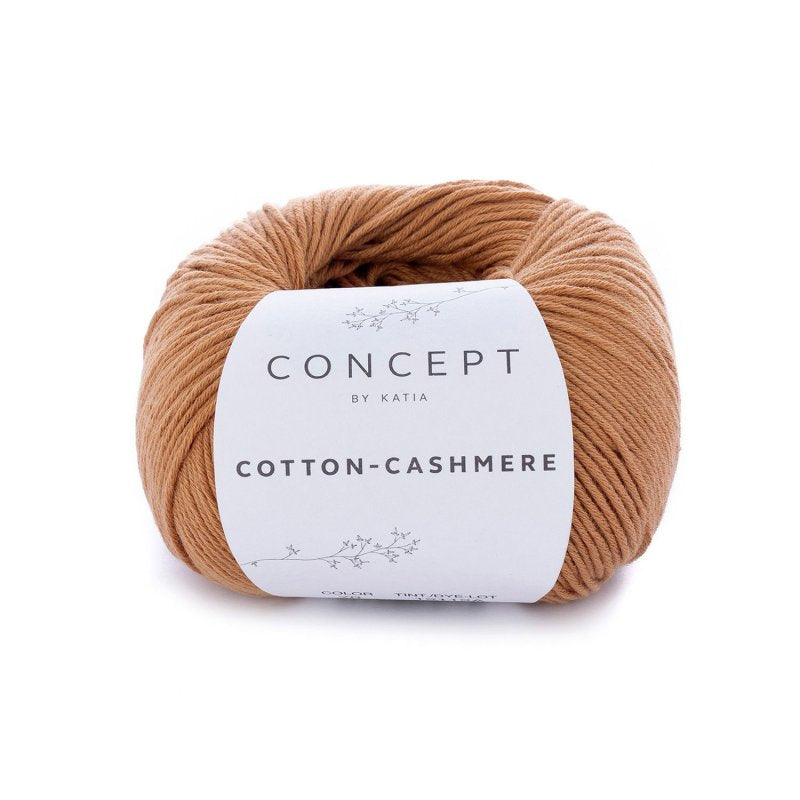The Comfort of What Is Cashmere: How It Enhances Your Wardrobe
The Comfort of What Is Cashmere: How It Enhances Your Wardrobe
Blog Article
Exploring the Different Sorts Of Cashmere a Natural Fiber for Ultimate High-end
Cashmere, an all-natural fiber, is often connected with deluxe and comfort. Nonetheless, not all cashmere is created equal. From the richly soft Mongolian range to the light-weight heat of Indian Pashmina, each type offers its own one-of-a-kind features and appeal. The extra budget friendly Chinese cashmere, the conventional Scottish version, and the high-end Italian mix, all inform a various tale of this amazing fiber. As we unwind the world of cashmere, a deeper understanding of its true value and class starts to arise.
Comprehending the Elegant Nature of Cashmere
Cashmere, usually related to deluxe and convenience, holds an unique appeal in the world of natural fibers. This soft, lightweight material is coveted for its extraordinary warmth and amazing longevity. Unlike other all-natural fibers, cashmere combines insulation with breathability, supplying exceptional comfort across varying temperature levels. Its glossy finish and soft appearance add to its premium charm, justifying the premium rate that commonly features cashmere garments. In addition, cashmere's fundamental wrinkle resistance and flexibility improve its charm, making it a favored choice for costs garments and accessories. Regardless of its fragile appearance, cashmere has a shocking strength, able to keep its shape and luxurious feeling with time. This distinct blend of features cements cashmere's placement as an icon of beauty and extravagance.
Just What Is Cashmere and Where Does It Originate from?

Provided these extraordinary high qualities, one may question regarding the origin and makeup of this luxurious fiber. Cashmere is originated from the soft undercoat of cashmere goats, mainly located in Mongolia, China, Iran, and Afghanistan - is cashmere a natural fiber. These goats are adapted to severe weather conditions, producing an extremely fine, soft underfur as a defense against the bitter cold. This underfur, or undercoat, is what is collected for cashmere. Each spring, when the goats normally lost their wintertime layer, farmers comb the fine underhair, leaving the coarser hair behind. This precise procedure contributes to the scarcity and high expense of cashmere. With its origin in the rough landscapes of Asia, cashmere is a testament to nature's ability to generate luxury from adversity.
Decoding the Different Kinds Of Cashmere
Recognizing the various kinds of cashmere is vital to appreciating the high quality and one-of-a-kind features of this luxurious material. Typically, cashmere is categorized right into three kinds: raw, virgin, and recycled. Decoding these kinds is the first step in recognizing the exclusivity and value of cashmere.

The Distinct Qualities of Each Kind Of Cashmere
Having actually explored the various categories of cashmere, it emerges that each type flaunts its unique set of characteristics. Mongolian cashmere, as an example, is renowned for its exceptional quality, as a result of Mongolia's severe winters months that produce longer and finer fibers. Alternatively, Chinese cashmere is frequently extra affordable, though its much shorter fibers can reduce sturdiness. Scottish cashmere news is commemorated for its elegant soft qualities, an outcome of the traditional water washing process using Scotland's soft water. Italian cashmere, at the same time, is famous for its skillful mixing and tinting techniques, providing it versatile and vivid. Last but not least, Indian cashmere, likewise understood as Pashmina, is treasured for its amazing lightness and heat. Each kind, thus, adds to the textile's reputation for luxury.
Why Cashmere Is the Epitome of High-end in Fashion
Cashmere holds a renowned placement in the globe of fashion, concerned as an icon of high-end and refinement (is cashmere a natural fiber). Cashmere is derived from the fine undercoat of Himalayan goats, known for their superior top quality fiber. Cashmere's unrivaled convenience and durability make it a desired material in the production of high-end garments.
The Process of Making Cashmere: From Goat to Garment
The trip of check my source cashmere, from being an undercoat of a Himalayan goat to an extravagant garment, is an intricate one. This blend is then painstakingly separated, with just the soft down used for cashmere. From goat to garment, each action is a testimony to the ability, artistry and persistence entailed in crafting cashmere.

Verdict
Finally, cashmere, with its all-natural sophistication and unequaled comfort, reigns supreme on the planet of deluxe fashion. The variety in kinds, varying from the soft Mongolian, lightweight Indian Pashmina, economical Chinese, conventional Scottish, to the vibrant Italian, exposes the flexibility of this natural fiber. The meticulous process of transforming it from a goat to a garment better contributes to its exclusivity, making cashmere the embodiment of refinement and luxury.
Cashmere, a natural fiber, is frequently connected with deluxe and convenience (is cashmere a natural fiber).Cashmere, commonly linked with deluxe and comfort, holds an unique allure in the look at this site globe of natural fibers. Unlike other all-natural fibers, cashmere combines insulation with breathability, using exceptional convenience across differing temperature levels. Cashmere is obtained from the soft undercoat of cashmere goats, largely located in Mongolia, China, Iran, and Afghanistan. Cashmere is acquired from the great undercoat of Himalayan goats, known for their remarkable top quality fiber
Report this page